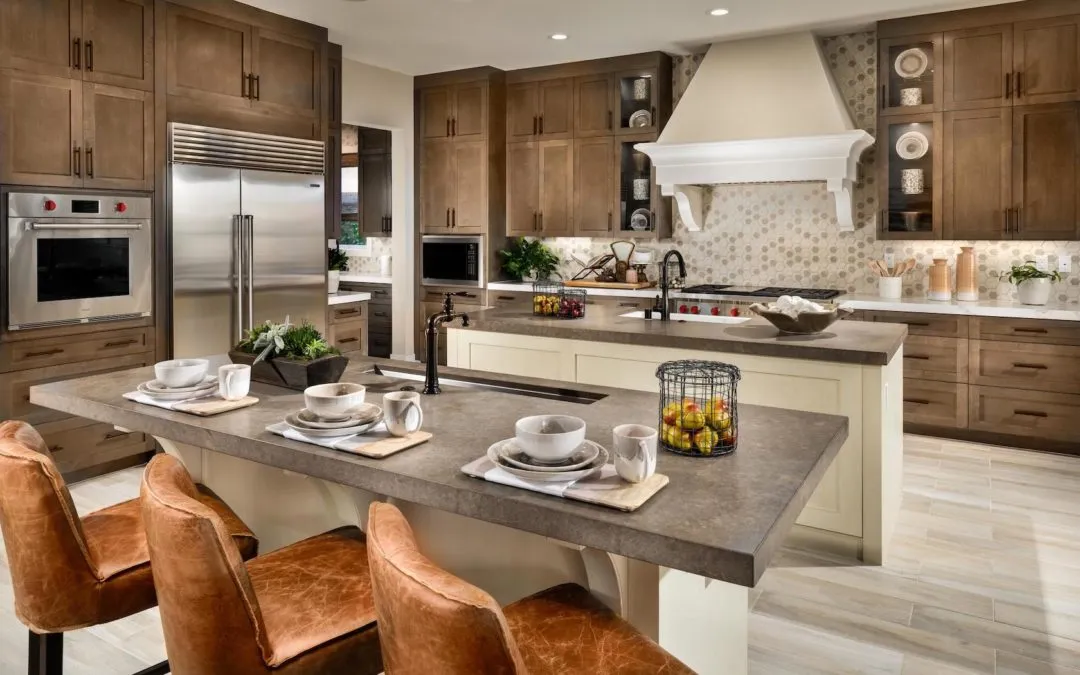Kitchen Decor Ideas: Planning Your Space
Embarking on a kitchen decor project can be an exciting endeavor, transforming the heart of your home into a stylish and functional space. Before diving into the specifics, a well-thought-out plan is essential to ensure a successful and satisfying outcome. Start by assessing your current kitchen, considering its layout, size, and existing features. This initial step will provide a clear understanding of what needs improvement and what elements you can retain. Next, envision your dream kitchen, taking into account your lifestyle and daily routines. Do you frequently entertain guests or prefer intimate family meals? Do you need ample storage for cookware and appliances? Considering these factors will shape your design choices and help you create a space that truly meets your needs.
Assess Your Kitchen
Begin your kitchen decor journey by carefully assessing your current space. Walk through your kitchen, taking note of its dimensions, existing cabinetry, countertop materials, and overall layout. Identify any structural limitations, such as load-bearing walls or plumbing locations, that may impact your design options. Evaluate the functionality of your current layout. Does the workflow make sense? Are the appliances positioned conveniently? Are there any awkward corners or wasted spaces? Note down any elements you like and dislike about your current kitchen, from the style of the cabinets to the amount of natural light. This assessment will provide a baseline for your design decisions.
Consider Your Lifestyle
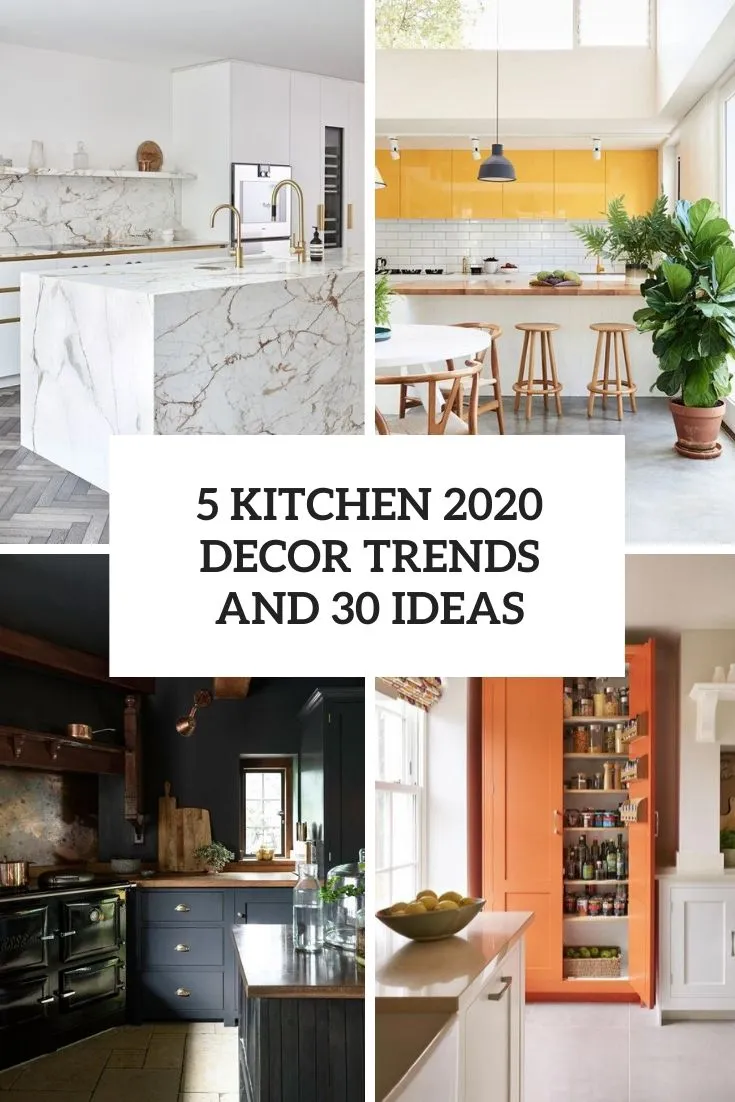
Your lifestyle should significantly influence your kitchen decor choices. Consider how you typically use your kitchen. Do you enjoy cooking elaborate meals, or do you prefer quick and easy meals? Do you often entertain guests, or is your kitchen primarily used by your family? If you’re a passionate home chef, prioritize features such as ample counter space for food preparation, high-quality appliances, and convenient storage for cookware and utensils. For those who frequently host gatherings, consider an open-concept layout with a large island for socializing, a dedicated dining area, and plenty of seating options. If you have young children, incorporate child-friendly features, such as a breakfast nook or a designated area for homework or art projects.
Define Your Style
Define your preferred style to guide your decor decisions. Do you lean towards a modern, minimalist aesthetic with sleek lines and neutral colors, or do you prefer a more traditional, rustic style with warm wood tones and charming details? Perhaps you’re drawn to a contemporary look with a blend of textures and materials, or a farmhouse style with a cozy and inviting atmosphere. Research different kitchen styles by browsing magazines, websites, or visiting showrooms. Create a mood board, gathering images and samples that resonate with your vision. This will help you narrow down your preferences and ensure consistency throughout your design. Defining your style will make it easier to select colors, materials, and accessories that complement each other, creating a cohesive and visually appealing kitchen.
Choosing Your Color Palette
The color palette you choose for your kitchen will significantly impact its overall mood and ambiance. Consider the size of your kitchen, the amount of natural light it receives, and the style you’re aiming for when selecting colors. A well-chosen color palette can create a sense of harmony and enhance the functionality of your kitchen. Experiment with different combinations to see what best suits your taste and the existing features of your space. When deciding the colors, consider the amount of time you spend in the kitchen because it needs to be an inspiring place. From light colors to dark colors, the possibilities are endless.
Neutral Colors
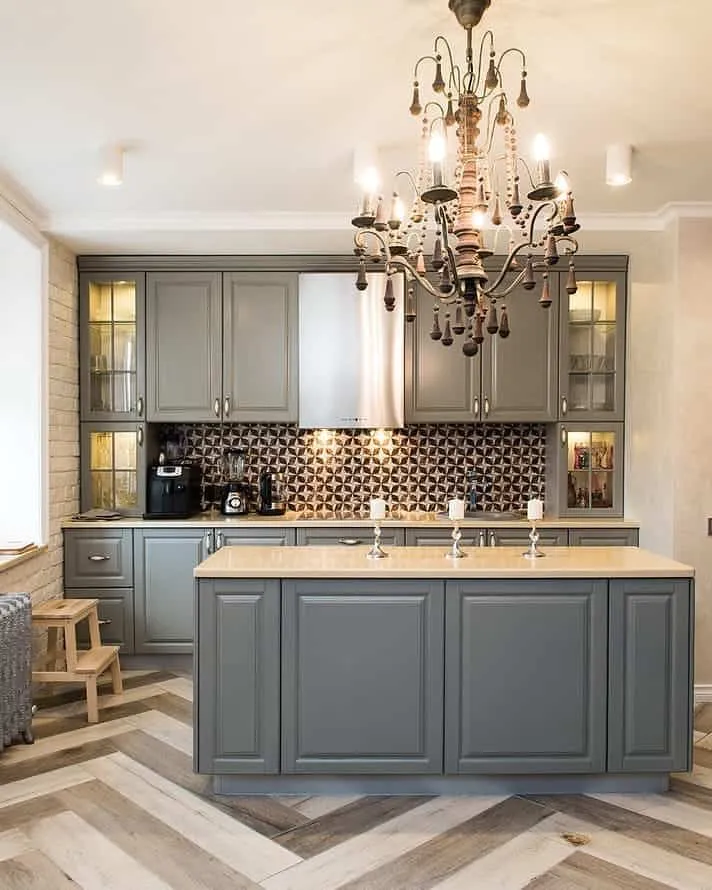
Neutral colors, such as white, gray, and beige, are timeless choices that create a sense of spaciousness and versatility. White kitchens are perennially popular, offering a clean and bright look that reflects light and makes the space feel larger. Gray is a sophisticated alternative, adding depth and warmth to the space. Beige provides a cozy and inviting atmosphere. Neutral colors work well in any kitchen size and style, and they provide a perfect backdrop for incorporating pops of color through accessories, artwork, and decorative elements. Consider pairing neutral walls with contrasting cabinets or countertops to add visual interest.
Bold Colors
If you’re looking to make a statement, consider incorporating bold colors into your kitchen decor. Deep blues, vibrant greens, and rich reds can create a dramatic and inviting atmosphere. However, it’s important to use bold colors strategically. Consider painting an accent wall or using a bold color for your cabinetry or island. You can also introduce color through accessories such as dishware, appliances, or artwork. Be mindful of the overall balance of the space and avoid overwhelming the kitchen with too much color. Pairing bold colors with neutral accents can create a visually stunning and balanced design.
Accent Colors
Accent colors add pops of personality and visual interest to your kitchen. Think about adding colors with small appliances or a colorful backsplash. Select an accent color to complement your primary color scheme. Accent colors can be introduced through accessories, such as dish towels, rugs, and decorative items, or through artwork, plants, and window treatments. Choose an accent color that reflects your personal style and adds a touch of vibrancy to the space. Experiment with different color combinations to find the perfect blend for your kitchen.
Selecting Kitchen Elements
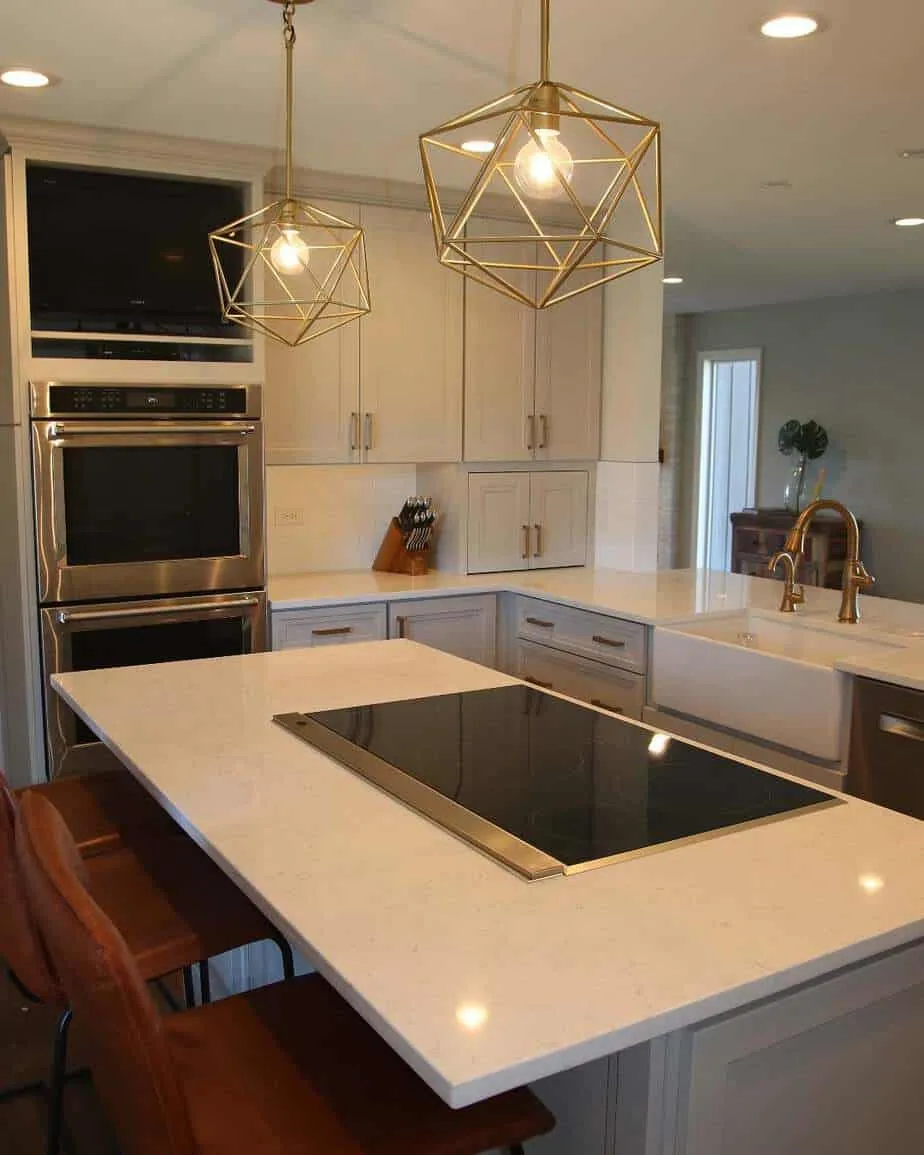
Choosing the right kitchen elements is crucial for creating a functional and stylish space. Consider the quality, durability, and style of each element, from cabinets and countertops to appliances and flooring. These elements will significantly impact the overall aesthetic and functionality of your kitchen. Take your time researching and selecting the right options to ensure a cohesive and long-lasting design. Make sure your selections are aligned with your style and design goals.
Cabinets and Countertops
Cabinets and countertops are the workhorses of your kitchen, serving as storage and work surfaces. When selecting cabinets, consider factors such as style, material, and storage capacity. Popular cabinet styles include Shaker, flat-panel, and raised-panel. Materials range from wood and laminate to stainless steel and glass. The choice of countertop material affects the overall look, feel, and functionality of your kitchen. Options include granite, quartz, marble, solid surface, and butcher block. Consider durability, maintenance requirements, and style when making your selection. Ensure that both the cabinets and countertops complement each other and fit your lifestyle needs.
Backsplash
The backsplash is a small but impactful element that adds visual interest and protects your walls from spills and splatters. Consider the style, material, and color of your backsplash. Popular options include tile, glass, stone, and metal. Choose a backsplash that complements your cabinets and countertops and reflects your personal style. Experiment with different patterns, textures, and colors to create a unique look. The backsplash should provide a cohesive design element. When picking your backsplash, make sure to think of durability and ease of cleaning.
Flooring
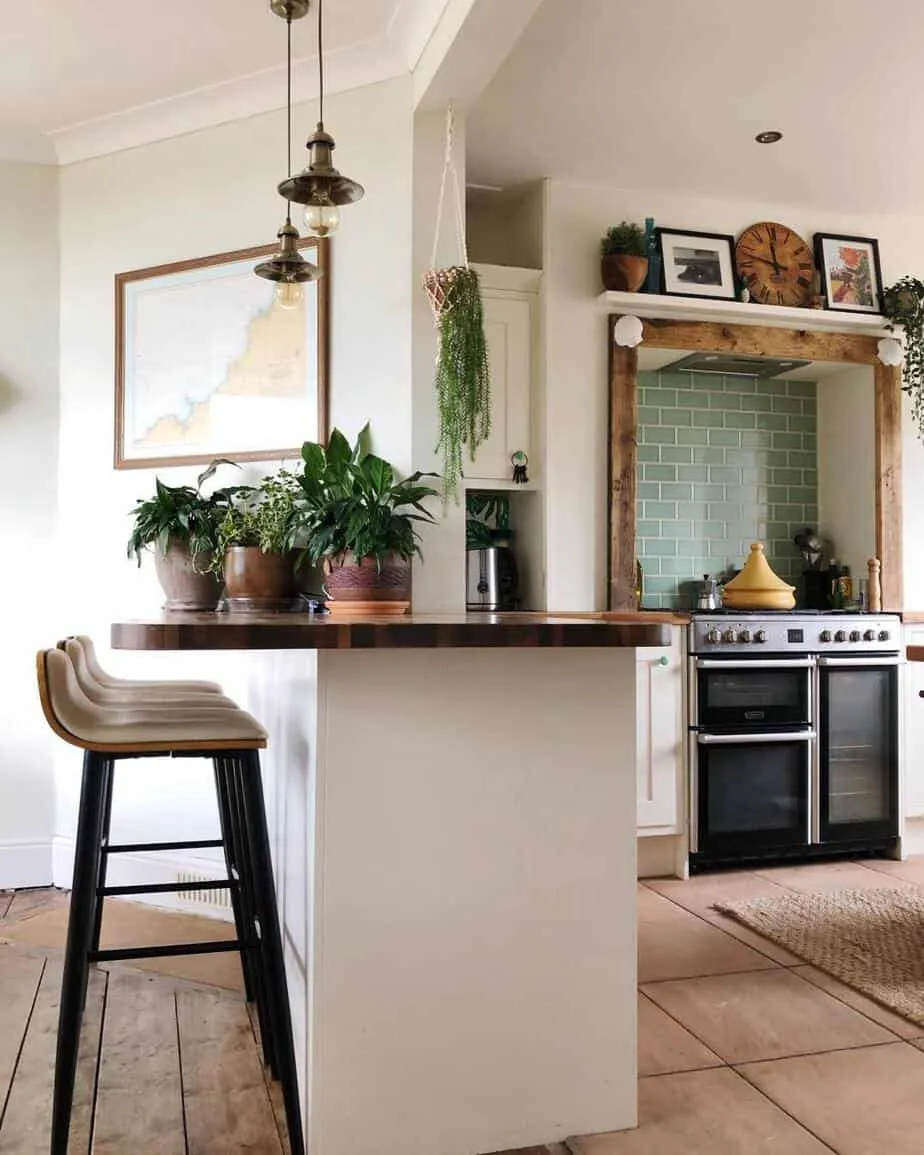
The flooring provides a foundation for your kitchen and should be durable, easy to clean, and aesthetically pleasing. Consider the material, style, and color of your flooring. Popular options include tile, hardwood, laminate, and vinyl. Select a flooring material that can withstand heavy foot traffic, spills, and moisture. Choose a color and style that complements your cabinets, countertops, and overall design. Consider the ease of maintenance and the longevity of the flooring material when making your selection. Ensure your kitchen flooring has the capacity to handle the everyday abuse of a kitchen.
Lighting and Accessories
Lighting and accessories are essential elements that complete your kitchen decor and add personality and functionality. The right lighting scheme can create a warm and inviting atmosphere, while accessories add pops of color, texture, and style. Take the time to consider how to best illuminate the space and the style that you want to portray.
Types of Lighting
A well-designed lighting scheme is essential for both functionality and ambiance in your kitchen. Use a combination of ambient, task, and accent lighting to create a layered effect. Ambient lighting provides general illumination, while task lighting focuses on specific work areas, such as the countertops or the sink. Accent lighting highlights architectural features or decorative elements. Consider different types of lighting fixtures, such as pendant lights, recessed lights, under-cabinet lights, and track lights. Choose energy-efficient LED bulbs to save energy and money. Ensure the lighting scheme complements the style and size of your kitchen, creating a functional and inviting space.
Adding Decorative Elements
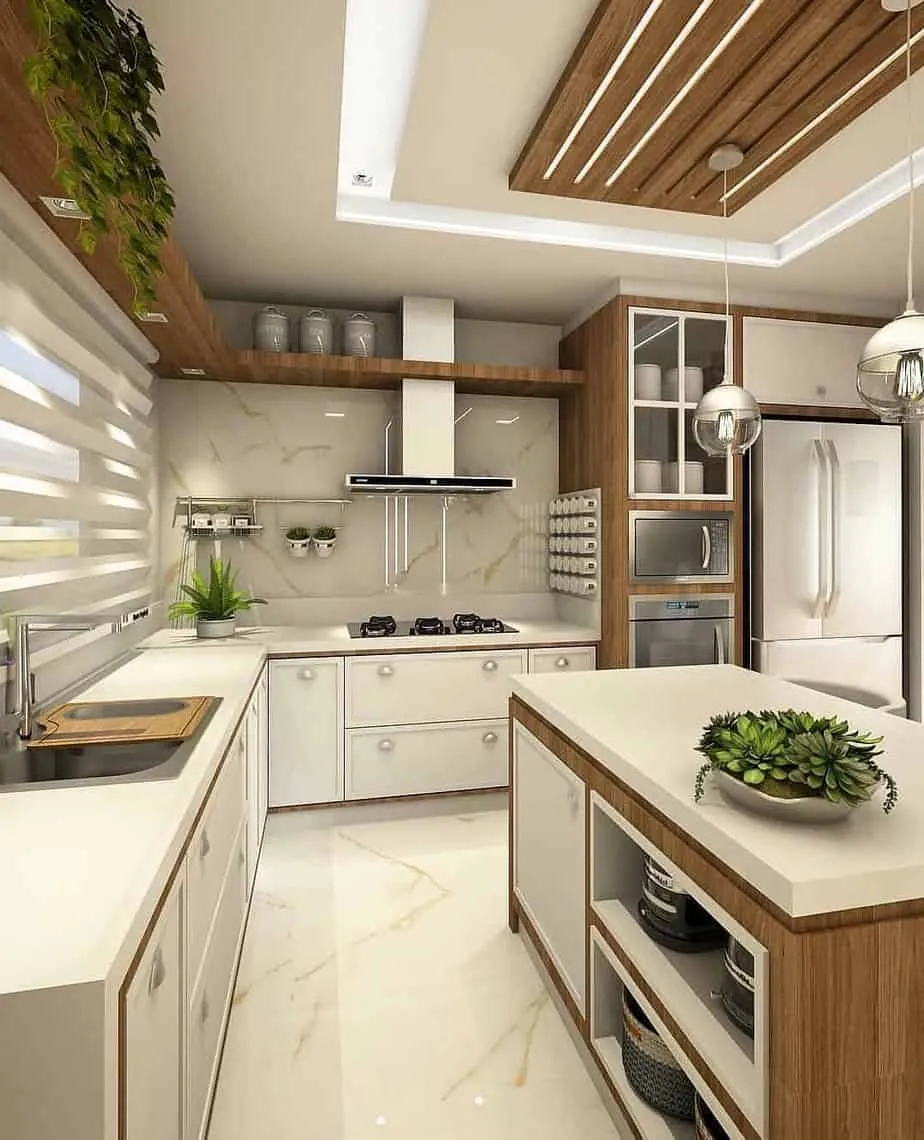
Decorative elements add personality and style to your kitchen. Consider adding decorative items such as artwork, plants, and decorative bowls to countertops and shelves. Choose items that reflect your personal style and complement your overall design. Displaying cookbooks, colorful dishware, or other kitchen essentials can also add visual interest. Don’t be afraid to experiment with different textures, patterns, and colors to create a unique and inviting space. Adding decorative elements is a great way to inject personality and flair into your kitchen.
Storage Solutions
Efficient storage solutions are essential for a functional and organized kitchen. Maximize your storage space with smart design choices and innovative organizational tools. Implementing effective storage solutions can help you keep your kitchen tidy and make it a more enjoyable place to cook and entertain.
Maximize Vertical Space
Vertical space is often underutilized in kitchens. Maximize this space by adding tall cabinets, floating shelves, and pot racks. Utilize the space above your refrigerator by installing cabinets or shelves. Consider incorporating pull-out drawers and dividers within your cabinets to maximize storage capacity. Using vertical space cleverly will enhance the efficiency of your kitchen. This will create more storage and make it easier to access your kitchen essentials.
Optimize Counter Space
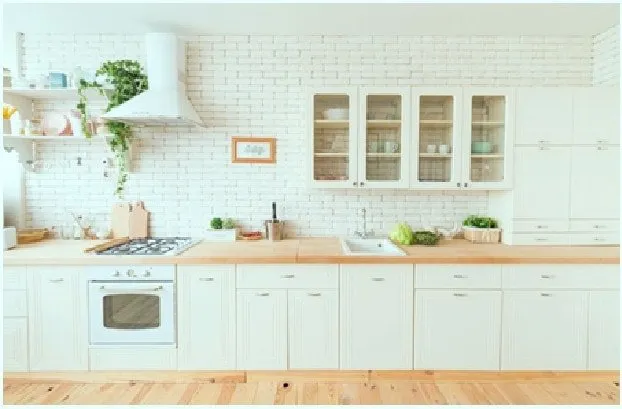
Counter space is valuable real estate in your kitchen. Optimize your counter space by implementing smart storage solutions. Install pull-out shelves in your cabinets to store small appliances, and consider incorporating a built-in pantry or a kitchen island with storage. Declutter your countertops by storing frequently used items in drawers or on shelves. Keep only essential items on display to maintain a clean and organized appearance. Optimizing counter space is essential for creating a functional and visually appealing kitchen.
Budgeting for Your Kitchen Decor
Setting a realistic budget is crucial for staying on track with your kitchen decor project. Before you begin, determine how much you can afford to spend. Research the costs of different materials, appliances, and accessories. Prioritize your must-have items and be prepared to make compromises if necessary. Consider DIY projects to save money, or look for sales and discounts. Keep track of your expenses throughout the project to ensure you stay within your budget. Planning and budgeting effectively will help you create your dream kitchen without breaking the bank.
Starting your kitchen decor journey with thoughtful planning, careful selection of elements, and smart storage solutions can transform your kitchen into a beautiful and functional space. With the right approach, you can create a kitchen that reflects your style, meets your needs, and enhances your daily life.
